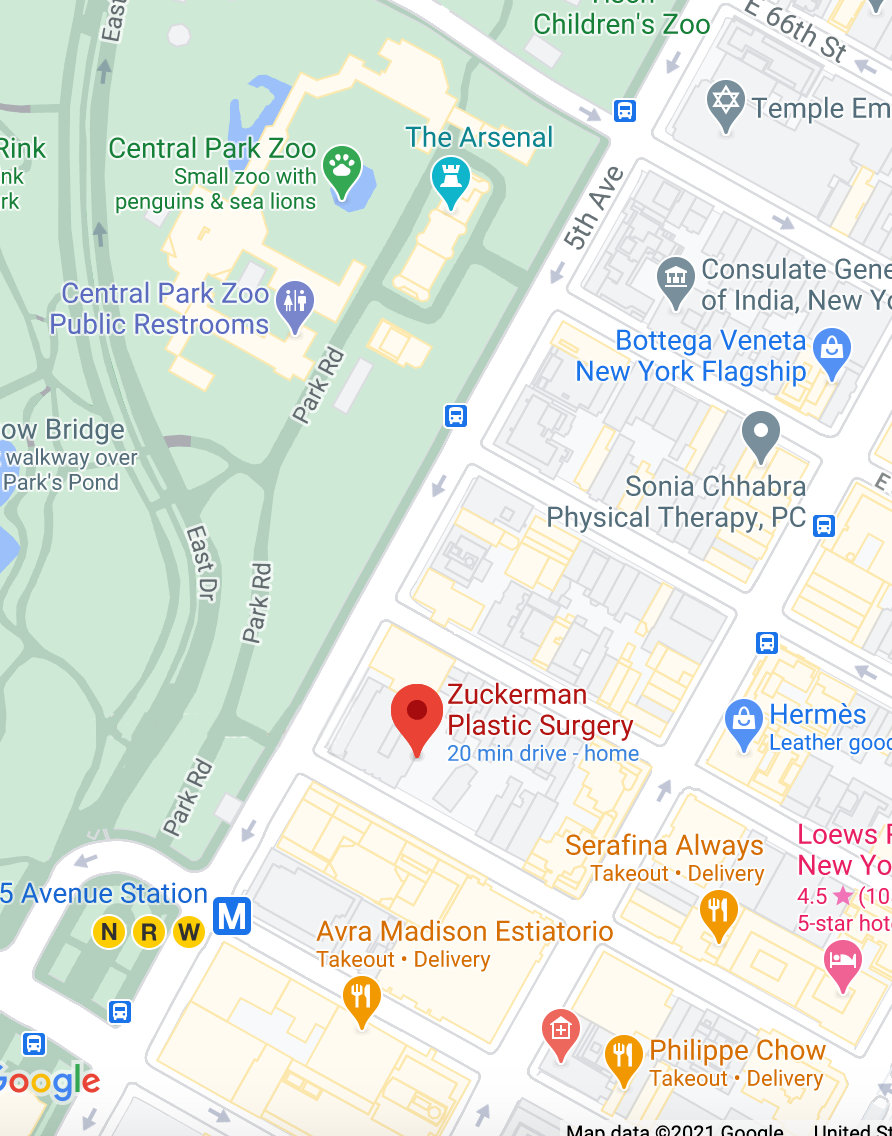RHINOPLASTY (NOSE SURGERY) By Joshua Zuckerman, MD, FACS in New York City


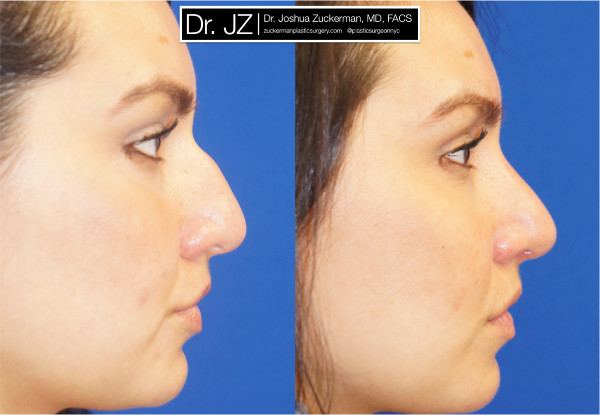
Right profile view of rhinoplasty patient of Dr. Zuckerman. Images were taken before surgery and three months after surgery.
Introduction to Rhinoplasty (Nose Surgery)
Dr. Zuckerman can correct several aspects of nose shape and size for those with aesthetic issues of the nose with rhinoplasty, or nasal / nose surgery. The nose is a central facial feature and adjusting subtle characteristics may have a positive effect on the appearance and balance of the entire face. Rhinoplasty can address nasal asymmetry, narrow the upper or lower portion of the nose, correct tip issues, address a dorsal hump, or alleviate functional issues such as breathing problems. Dr. Zuckerman is highly experienced in nose surgery and trained at some of the most elite institutions in the world including Brown University and New York University (NYU). He is also skilled with revision rhinoplasty, a more complex operation for those unsatisified with a previous operation from another surgeon. Dr. Zuckerman also offers combinations of rhinoplasty with other facial plastic surgery procedures including chin augmentation. If you have suffered from life-long self-consciousness or embarrassment, Dr. Zuckerman can resculpt your nose to help you achieve a natural-looking, gender and ethnicity appropriate result. Dr. Zuckerman strives to preserve the unique characteristics of each nose while improving its aesthetics. After surgery, your new nose will still appear that it belongs to its owner and blend in harmonious balance with the rest of the face.
Generally, the minimum age for candidate patients of this procedure is 14 years of age for female patients and 15 years of age for male patients. You may be a good candidate for a surgical rhinoplasty if you would like to correct any of the following nasal issues:
- Dorsal hump
- Crooked or asymmetric nose
- Bulbous, boxy, or drooping nasal tip
- Overall size or width out of proportion with other facial features
- Breathing problems due to deviated septum or sequelae of trauma
- Unfavorable result from prior nasal surgery
For a non-surgical solution to address a dorsal hump, please see our non-surgical rhinoplasty guide.
Septoplasty (Deviated Septum Rhinoplasty)
Septoplasty is a type of functional rhinoplasty, where Dr. Zuckerman corrects a deviated septum in order to improve breathing or nose function. The nasal septum separates the two nostrils and is composed of five structures of bone and cartilage. A deviated septum is one which is displaced from the midline between the two nostrils, and in severe cases, this condition can interfere with breathing or contribute to excess dryness. Deviated septum rhinoplasty may not involve aesthetic changes to the nose but is often combined with some aesthetic correction. Septoplasty may be covered by insurance, and Dr. Zuckerman’s staff can help you through the approval process if you are a good candidate.
Asian Rhinoplasty
While Dr. Zuckerman does not particularly endorse the term Asian Rhinoplasty, it is a common query among prospective patients. Each rhinoplasty procedure is unique from all others, because each patient has distinct nasal anatomy. And, patients of Asian descent are no different. However, there may be differences in the average nasal anatomy, skin thickness and other aspects that are important to account for when performing the procedure. These variations are slight, possibly fractions of a millimeter, but that can make all the difference in a rhinoplasty. For example, the septum itself is only about two millimeters wide. Patients of Asian descent often have a flat dorsum and bridge of the nose along with widely-set alar bases, the base of the nostrils. These patients may request that Dr. Zuckerman augment the dorsum and bridge along with potentially narrowing the alar bases and the lower portion of the nose. Dr. Zuckerman strives to achieve rhinoplasty outcomes that look natural: each patient’s nose after surgery should still maintain any general ethnic characteristics. In addition, it should maintain unique personal characteristics. As a final note, a talented rhinoplasty surgeon can attain high-quality outcomes on a patient of any ethnicity, and Dr. Zuckerman has performed rhinoplasty on many patients of varying ethnicities. Each ethnicity has general anatomical norms to be mindful of, but it is more important that the surgeon have high technical surgical skill in rhinoplasty and that he understand your surgical goals.
Rhinoplasty Revision Surgery
Dr. Zuckerman can help ameliorate issues from a previous unsatisfactory rhinoplasty procedure by another surgeon. Revision procedures are significantly more complex than primary rhinoplasty for several reasons. After a prior procedure, there will be scar tissue inside the nose, which is difficult to manipulate. Normal anatomy may be distorted, and structures may adhere to one another. Septal cartilage may have already been harvested, so if there is a need for cartilage grafts, Dr. Zuckerman may need another source such as an ear or rib. He may not know what the previous surgeon had done, so there can be surprises intraoperatively. Despite all of these potential issues, Dr. Zuckerman is highly experienced in this common procedure and will take the utmost care to restore proper function and achieve your aesthetic goals. Operative time will vary depending on the extent of your procedure, but secondary rhinoplasty procedures typically last longer than primary rhinoplasty procedures.
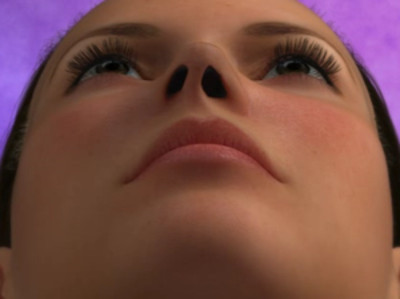
Illustration of possible deviated septum, a common issue addressable with rhinoplasty.
Depending on the issues at hand, Dr. Zuckerman may employ one of two different surgical approaches for your rhinoplasty procedure: either a closed rhinoplasty or an open rhinoplasty. He will also employ one or more of several different surgical techniques listed below.
Closed Rhinoplasty
Many nasal issues can be addressed with a closed approach, involving incisions which are confined to inside of the nose. These include:
- Reduction and smoothing of a dorsal hump
- Narrowing of the nasal bones with osteotomies (controlled cut and movement of nasal bones)
- Most functional surgery: this includes those with breathing problems and/or a deviated septum
Open Rhinoplasty
The open approach, also known as an external rhinoplasty, leads to a small incision across the columella, the central portion of the nose between the nostrils. Dr. Zuckerman employs this approach when delicate refinement of the nasal tip is sought, or in cases where more complex structural problems are addressed. A general principle of surgery is that increased access to and visibility of tissues and structures leads to a more successful operation, and this open technique allows the surgeon significantly more exposure to the delicate nasal anatomy. While this approach does lead to an external scar postoperatively, the scar is well-hidden and generally heals to thin, almost imperceptible line.
Open versus Closed Rhinoplasty: Dr. Zuckerman’s Philosophy
While some surgeons insist on one technique or the other, Dr. Zuckerman performs both techniques and strives to recommend the best technique suited to each patient’s anatomy and surgical goals. He encourages you to focus on the best approach for your desired outcome instead incision locations, because the overall appearance of the nose far outweighs the small incision of the open approach. Dr. Zuckerman has not in recent memory had a patient happy with their result from an open rhinoplasty regret the small columella scar. By far, the most common reasons patients cite for reoperation in rhinoplasty involve their original aesthetic concerns being poorly addressed. Patients in recent years often come to Dr. Zuckerman with an opinion as to which approach they would like for their procedure. He will make a recommendation based on your desired result but is not dogmatic about the decision and is happy to discuss and consider your preference.
Rhinoplasty Surgical Techniques
Dr. Zuckerman employs several intraoperative surgical techniques to address specific nasal aesthetic concerns including:
- Reduce hump: To reduce a dorsal hump, Dr. Zuckerman shaves and sculpts the dorsal nasal bones and cartilage.
- Narrow the lower nose: Dr. Zuckerman removes skin and soft tissue from the alar bases (where the nostrils meet the cheek) to narrow the lower portion of the nose.
- Narrow the upper nose: Dr. Zuckerman may perform osteotomies, controlled cuts to bone, to narrow the bony architecture of the middle and upper nose.
- Correct asymmetry: Osteotomies may also be used to correct asymmetry.
- Alleviate breathing difficulty: Dr. Zuckerman may either remove or shape cartilage from the septum to alleviate breathing difficulty.
- Cartilage grafts: In some cases, cartilage grafts are employed to shape the dorsum or tip or to help open the nasal airway.
- Nasal tip sculpting: Dr. Zuckerman sculpts the nasal tip cartilages with trimming and suture techniques.
At the end of your procedure, Dr. Zuckerman closes the incisions and places a splint to help the new nose retain its new shape. In some cases, gauze may be packed into the nostrils to hold the septum in position and limit any bleeding. In this cosmetically sensitive area of the face, millimeters are often the difference between a high-quality result and a suboptimal one, and your surgeon is responsible for appropriately shaving and shaping the anatomy.
Rhinoplasty by Dr. Zuckerman generally takes three hours or less to complete under general anesthesia with a board-certified anesthesiologist and can be performed on an outpatient basis. You may undergo surgery at Dr. Zuckerman’s state-of-the-art, fully equipped operating room located inside his office in midtown Manhattan. This operatory facility has been certified by the American Association for Accreditation of Ambulatory Surgery Facilities, Inc. (AAAASF), certifying it as a facility that offers an equally high standard of care as a hospital. The privacy, discretion, and convenience of Dr. Zuckerman’s private in-office operating room facility is an exclusive benefit of Zuckerman Plastic Surgery that many patients appreciate. Should you desire, you may also undergo surgery with Dr. Zuckerman at Manhattan Eye, Ear & Throat Hospital, a major hospital in Manhattan in the Northwell system where all types of breast, body, and face cosmetic surgery procedures are performed. Dr. Zuckerman is on staff in the department of plastic surgery for Northwell system hospitals in Manhattan among others.
In all cases, some degree of postoperative swelling and bruising is to be expected. Bruising typically resolves within two weeks. Swelling, while subsiding in large part in the first two to three weeks, can persist to some degree for up to nine months. After surgery, patients must elevate the head for one week, and Dr. Zuckerman recommends any strenuous activity be avoided for at least three weeks. Dr. Zuckerman will prescribe medication to manage any pain or discomfort after surgery. Patients should avoid blowing their nose for one week after the procedure. Dr. Zuckerman typically removes nasal packing after a few days, and normal routines can most often resume after approximately one week. In addition, the new nose must be protected from any impact, even mild injury, or stress in the weeks after nose surgery. Each rhinoplasty is custom-tailored to correct the issues presented by each individual patient; as such, time to complete recovery varies from one patient to the next.
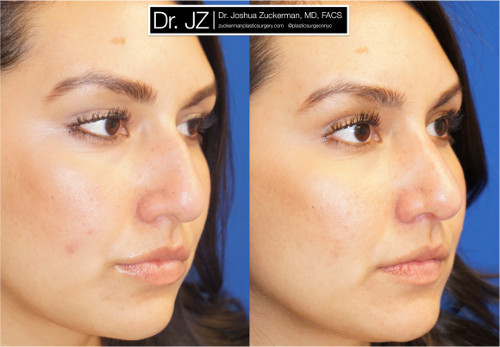
Right oblique view of rhinoplasty patient of Dr. Zuckerman. Images were taken before surgery and three months after surgery.
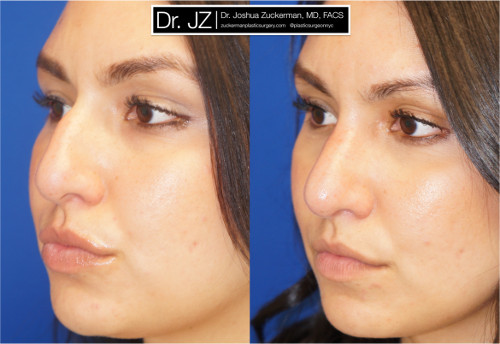
Left oblique view of rhinoplasty patient of Dr. Zuckerman. Images were taken before surgery and three months after surgery.
More Before & Afters
Dr. Zuckerman publishes many of his previous rhinoplasty (nose surgery) results with patient consent. The before and after image gallery has pairs of high resolution images from three to four angles for each patient. Many prospective patients enjoy finding a similar case to their own that Dr. Zuckerman has performed in the past. Take a look through the gallery by clicking on the button below.
Dr. Zuckerman is a highly skilled and experienced plastic surgeon, and rhinoplasty is an overwhelmingly common and safe procedure. He and his team will take the utmost care to minimize the risk of complications. Possible complications are relatively rare but include:
- Asymmetry (as in any aesthetic surgical procedure, perfect symmetry is sought but can never be guaranteed)
- Breathing problems / nasal airway obstruction
- Wound healing issues involving the trans-columellar incision in the open approach
- Alteration in sense of smell
However, the most commonly cited reasons in patients who seek a nose surgery reoperation involve a failure to address the original nasal aesthetic issues due to poor quality surgical technique.
Below are the answers to some questions Dr. Zuckerman most frequently receives from prospective patients. If you don’t see your question below, feel free to contact Dr. Zuckerman’s office, and a member of his staff will be glad to reach out to you.
Can I combine nose surgery and facelift?
Yes, this is technically possible, but it isn’t commonly done. A facelift on its own is three hours of surgery, so the combination would require a long operation.
Are there non-surgical options to improve my nose’s appearance?
If you wish to improve the linearity of your nose’s profile, Dr. Zuckerman can perform a non-surgical rhinoplasty using lJuvederm to reduce the prominence of a dorsal hump.
Are you ready for your rhinoplasty (nose surgery) consultation with Dr. Zuckerman? He will perform a thorough evaluation of your desired outcome and needs based on your anatomy and medical history. Dr. Zuckerman will also address any questions or concerns you may have about the surgery and discuss with you the details of his approach: incision location(s), procedure length and techniques, likely operative outcome, etc. Contact his office by clicking the button below or by calling 212-231-9897. Dr. Zuckerman also offers consultations via Skype and a process for out-of-town patients to visit New York City to have surgery with him.
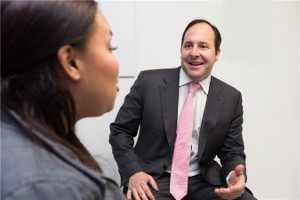
OTHER LINKS
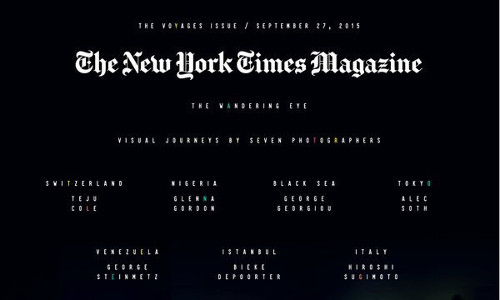
Dr. Zuckerman has been selected as a SuperDoctor and profiled in The New York Times Magazine SuperDoctors issue three years in a row.
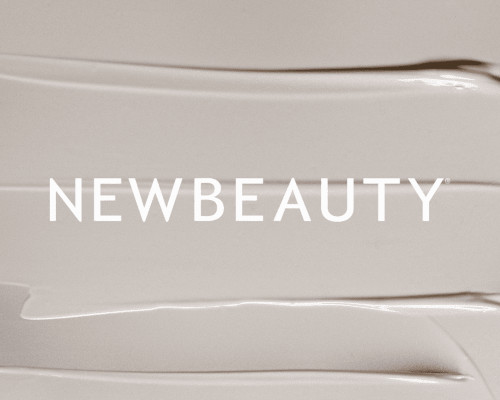
Dr. Zuckerman was quoted on the use of Kybella to eliminate submental, under the chin, fat. He also opined on how an angular jaw line is essential to societal classical perceptions of facial beauty.
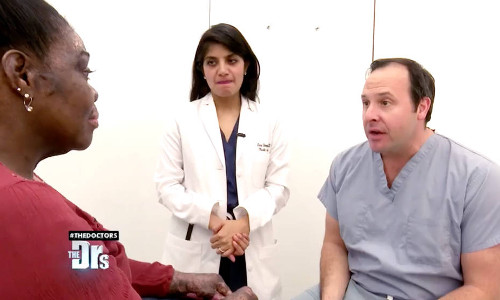
Dr. Zuckerman appeared on an episode of The Doctors TV show on CBS for a preoperative evaluation of a severe burn victim who requires a complex plastic surgery reconstruction.
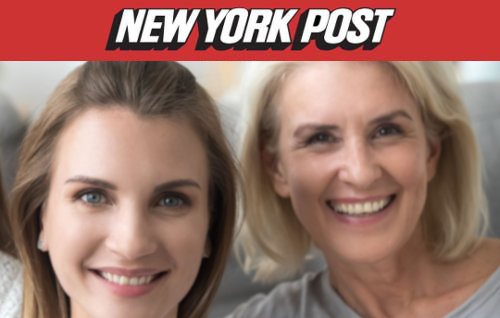
A mother and daughter pair of Dr. Zuckerman’s patients were interviewed by the New York Post about how much they enjoy their experience at Dr. Zuckerman’s office, undergoing cosmetic Botox and Juvederm treatments.
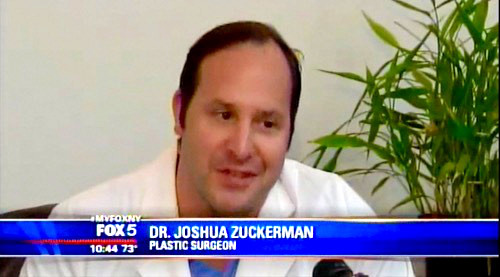
Dr. Zuckerman opined on the trend of “Trophy Husbands” where men undergo plastic surgery for Fox5 News.
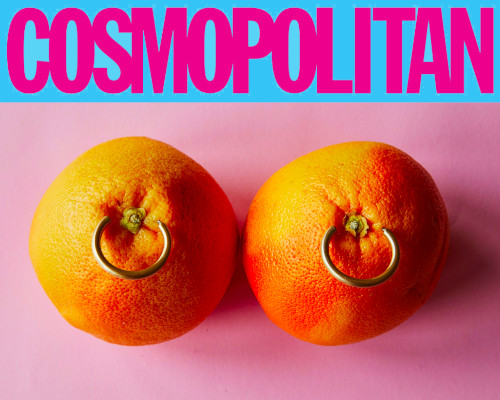
Dr. Zuckerman was interviewed on nipple piercings, their implications for breastfeeding, and why plastic surgery intervention may be required to remove them.
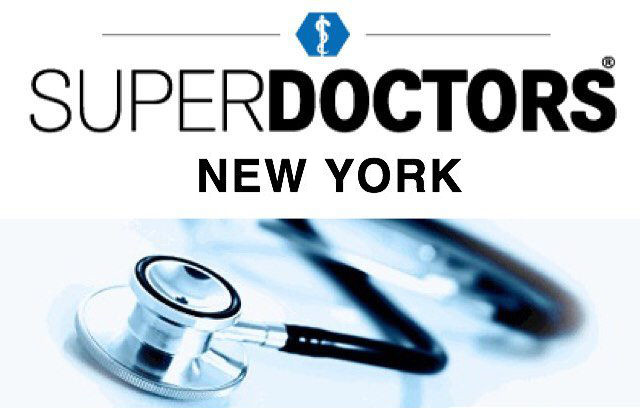
Dr. Zuckerman was selected as a SuperDoctor for New York state for plastic surgery. This selection is Dr. Zuckerman’s third year in a row and recognizes him as one of the best plastic surgeons in New York.
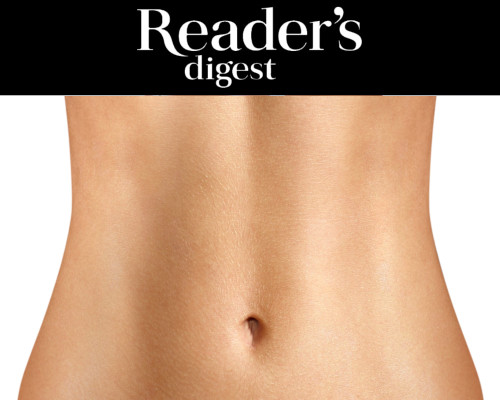
Dr. Zuckerman discussed the fact that liposuction is not a shortcut to weight loss. It is a sculpturing tool best used to shape and contour targeted problem areas with excess, stubborn fat.


